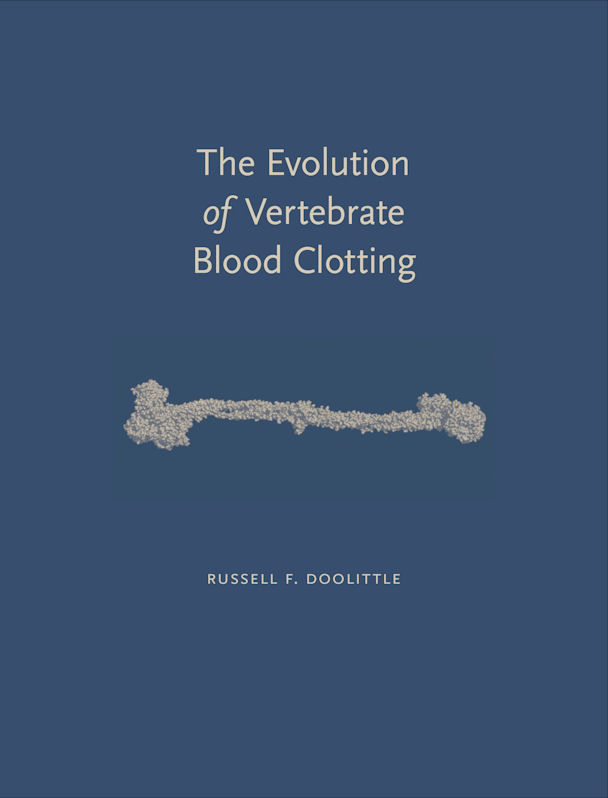
The Evolution of Vertebrate Blood Clotting
Illuminated by a great assortment of original illustrations, this remarkable book charts the step-by-step evolution of vertebrate blood coagulation. Intended for readers with a background in biological science, it is specifically targeted for those in the field of molecular evolution and researchers in the area of blood clotting.
Summary
Illuminated by a great assortment of original illustrations, this remarkable book charts the step-by-step evolution of vertebrate blood coagulation. Intended for readers with a background in biological science, it is specifically targeted for those in the field of molecular evolution and researchers in the area of blood clotting. The orderly way in which gene duplications provided new genes for fine-tuning the system serves as a model for how complex physiological systems in general have evolved. The book includes suggestions for specific genetic engineering experiments that can be done to illustrate how molecular evolution works. An extensive glossary and guide to the current literature combine to make this book ideal for course use as well as for self study.
Resources
Table of Contents
Preface
Prolog
Part I: Laying the Groundwork
Chapter 1: Blood Clotting in Humans
Chapter 2: Clotting Inhibitors and Fibrinolysis
Chapter 3: Localizing Clots
Chapter 4: Proteins and Domains
Chapter 5: Fibrinogen and Fibrin
Chapter 6: Animals, Their Proteins and Phylogenetics
Chapter 7: Gene Duplications
Chapter 8: Genomes
Part II: Searching Through Genomes
Chapter 9: Genomes of Fish with Jaws
Chapter 10: Lamprey Clotting Genes
Chapter 11: Contact Factors and Other Embellishments
Chapter 12: Protochordate Genomes
Chapter 13: How the System Began
Afterword
Glossary
Appendix
Reviews
“This marvelous book is a superb exposition on a complicated, essential defense mechanism in vertebrates that is well worth the reading for general students of biology and of life-long students of the field of hemostasis alike.”
-The FASEB Journal, V 28, May 2014
“Couldn’t put it down! Although I already knew much of the science, it was explained in a way that helped me put this work into the context of the larger narrative of molecular evolution.”
-Kennth R. Miller, Brown University
“A fully enjoyable discussion of the evolution of blood clotting that can be appreciated by everyone from the seasoned protein chemistry to the students wanting to learn the logic behind evolutionary studies. Dr. Doolittle’s clear and engaging writing style makes complex concepts easy to follow.”
-Naomi Esmon, Oklahoma Medical Research Foundation
“What a lovely little book capturing the life work of one of the leaders in the study of the evolution of proteins. From lamprey to man, Dr. Doolittle writes about the evolution of the blood clotting system with a historical perspective. This was a very enjoyable read.”
-Sandra Degen, University of Cincinnati & Cincinnati Children’s Hospital
Rated 5 out of 5 stars
-Stephan Köhler on “GoodReads.com”

